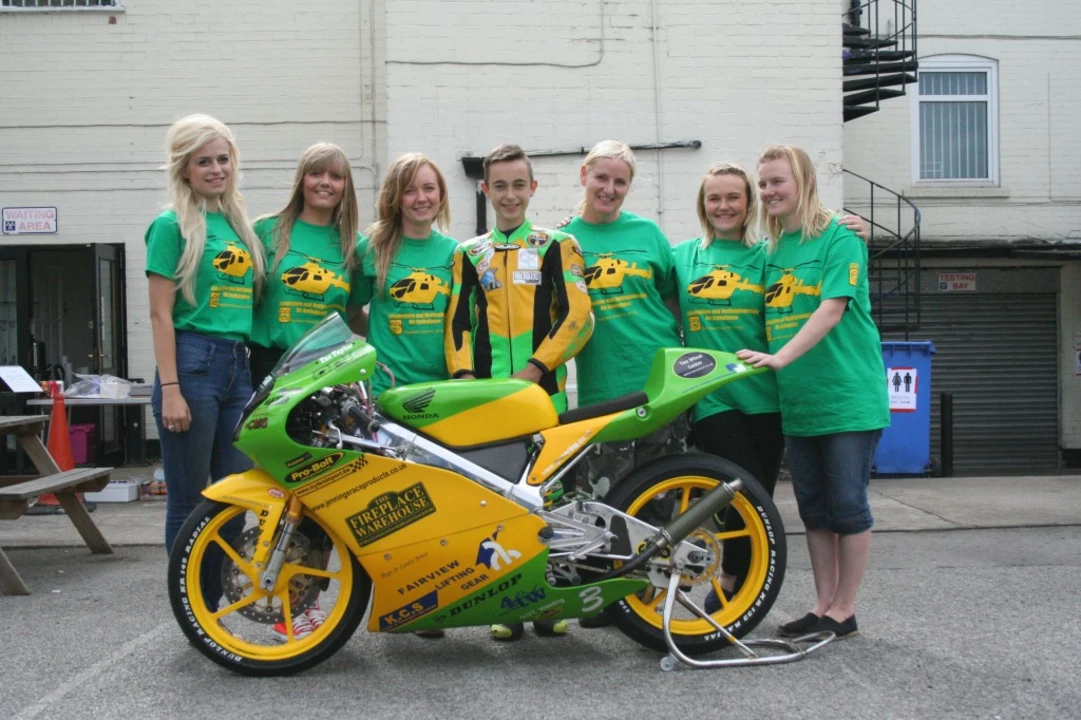Motorcycle Racing & Superbike Conversion: What You Need to Know
If you’ve ever watched a superbike slicing through a circuit and thought, "I could do that," you’re not alone. Turning a regular production bike into a race‑ready machine isn’t magic – it’s a series of focused upgrades that boost power, handling and weight. Below, we break down the essential steps so you can start the project with confidence.
Engine Boosts – More Power Without Breaking the Bank
The heart of any bike is its engine. The most common route to extra horsepower is swapping the exhaust for an aftermarket, free‑flowing system. A performance pipe reduces back‑pressure, letting the engine breathe easier. Pair that with a high‑flow air filter and you’ll notice a noticeable lift in the rev range.
Beyond the exhaust, a remapped ECU (engine control unit) can fine‑tune fuel and ignition timing to match the new airflow. Many riders use a piggy‑back controller or a flash tool to upload a race‑grade map. The result is a smoother power curve and up to 15% more top‑end power, depending on the bike.
Suspension & Chassis – Making the Bike Stick to the Track
Power means little if the bike can’t put it down. Upgrading the suspension is the next priority. Adjustable front forks let you dial in compression and rebound settings for each track condition. At the rear, a race‑spec shock with adjustable preload and damping gives you control over squat and traction.
Weight reduction also plays a huge role. Replace the stock steel swingarm with an aluminum version, strip out unnecessary bodywork, and consider carbon‑fiber fairings if budget allows. Every kilogram saved improves acceleration and cornering speed.
Finally, tweak the geometry. Raising the triple clamps or lowering the rear ride height can tighten the steering response, making the bike feel more agile on tight turns.
With these upgrades, your production bike will feel like a completely different machine. Remember to test each change in a safe environment, log your lap times, and adjust settings accordingly. The goal isn’t just more speed – it’s a balanced, predictable bike you can push to its limits.
